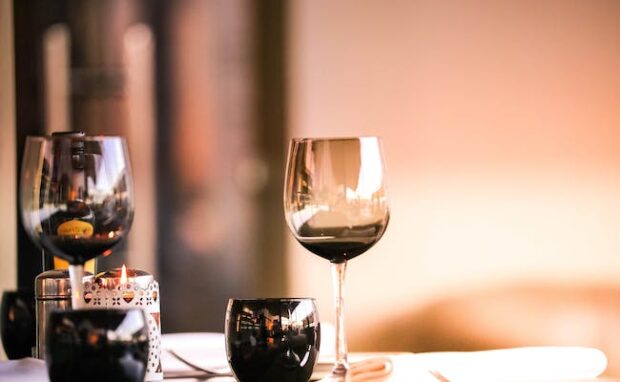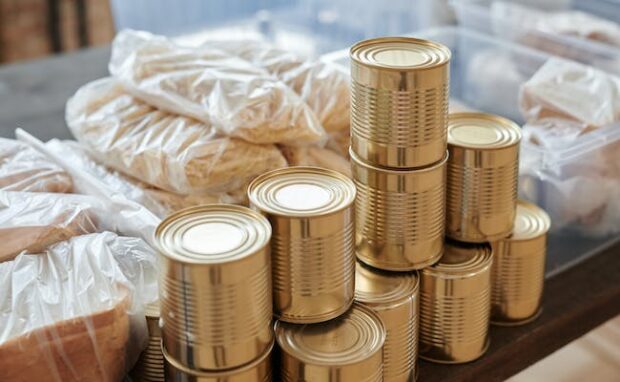AI wine detector prevents fraud, improves industry
University of Geneva researchers developed an AI wine detection tool to prevent people from passing off cheap swill as high-end tipple. It uses machine learning to identify a wine’s chemical compounds with known samples. Moreover, the program facilitates further study of this beverage so that we might create more affordable blends.
Food and beverage fraud is a common practice worldwide that robs small and large businesses of their potential revenue. Moreover, these scams could endanger people’s health by substituting the real thing with more toxic alternatives. This detection tool focuses on fermented grape juice now but may cover other foods and drinks soon.
This article will discuss how the AI wine detection technology works and elaborate on its potential benefits. Later, I will show you similar artificial intelligence applications.
How does the AI wine detector work?

Professor Alexandre Pouget from the University of Geneva in Switzerland trained their artificial intelligence tool with gas chromatography. Here’s how Britannica defines it:
“Gas chromatography is a technique for separating chemical substances in which the sample is carried by a moving gas stream through a tube packed with a finely divided solid that may be coated with a film of a liquid.”
The Guardian says the Bordeaux region of France has been using this method to analyze 80 wines harvested over 12 years from seven different estates. Laboratories typically use it to separate and identify compounds in fermented grape juice.
The algorithm checks all the chemicals detected in the wine to work out the most reliable signature for each. Also, it displays its results on a 2D grid that groups wines with similar signatures together.
“The first thing we saw that jumped straight out at us is there are clusters that correspond to specific chateaux. That told us right away that there is a chemical signature specific to each chateau, independent of vintage,” Professor Pouget said.
You may also like: OpenAI shuts down AI detector due to low accuracy
“It’s the overall pattern of concentrations of many, many molecules that distinguishes a chateau. Each is a symphony: there isn’t a single note that distinguishes them. It’s the whole melody.”
The AI wine grid grouped wines based on their chateau by organizing them based on their chemical composition. It can trace wines to their correct chateaux with 99% accuracy but only has 50% accuracy in distinguishing vintages.
Nevertheless, David Jeffery, a University of Adelaide associate professor, said, “The power of machine learning for this kind of investigation is becoming more evident with each new application in food and agriculture.”
Similar AI applications

Other scientists have been merging AI and food, such as the Northeastern University’s Center for Complex Network Research project called FoodProX. It is a machine learning algorithm that predicts the degree of processing in US food products.
The AI classifier grades food products using the US Department of Agriculture’s Food and Nutrient Database for Dietary Studies. Then, it categorizes foods in the NOVA classification system.
It categorized “complex recipes and mixed foods and meals” and provided a more accurate way to examine processed foods. Consequently, Northeastern experts gained a better understanding of how processed foods are.
That quality is an important step for studying the health impact of such products. FoodProX uses the NOVA system, but researchers admit it doesn’t account for different processing levels.
You may also like: ChatGPT Can Create Unique Drink Recipes
The experts wrote in their paper, “The perceived homogeneity of NOVA 4 foods limits both scientific research and practical consumer guidance on the health effects of differing degrees of processing.”
“It also reduces the industry’s incentives to reformulate foods towards less processed offerings, shifting investments from the ultra-processed NOVA 4 foods to the less processed NOVA 1 and NOVA 3 categories.”
“Because when we process a food, when we modify some staple ingredients, we change its chemistry in many different ways.” Northeastern uses those “fingerprints” to see the chemical changes made to a specific food.
Conclusion
University of Geneva scientists developed an AI program that can distinguish between fake and genuine wines. As a result, it could help the industry fight fraud.
The artificial intelligence also gives researchers more insights into the composition of fermented grape juice. Soon, they believe they could help create more affordable alternatives to expensive ones.
Other industries would likely create similar artificial intelligence programs in the future. Check out the latest digital tips and trends at Inquirer Tech.